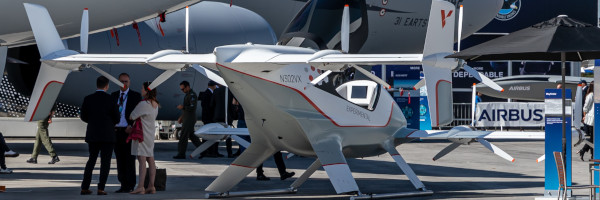Urban Air Mobility
- Authors
Urban Air Mobility (UAM) refers to the use of aircraft, such as drones and electric vertical takeoff and landing (eVTOL) vehicles, for transportation within urban areas. UAM aims to provide an alternative to traditional ground-based transportation, such as cars and buses, to reduce traffic congestion and improve mobility in cities.
UAM typically includes two main components: the aircraft, which are designed to be safe, quiet, and efficient, and the infrastructure, such as landing pads and charging stations, that is necessary to support their operation. Some of the benefits of UAM include:
- Reduced traffic congestion: By providing an alternative mode of transportation, UAM can help to reduce the number of cars on the road and decrease traffic congestion.
- Increased accessibility: UAM can provide transportation to areas that are difficult to reach by car or public transportation, such as remote or underserved communities.
- Reduced environmental impact: Electric UAM vehicles produce no emissions, and they may be quieter than traditional aircraft.
However, UAM is still in early stage of development and there are a number of challenges that need to be overcome before it can be widely adopted, including regulatory, safety, technical and infrastructure.

